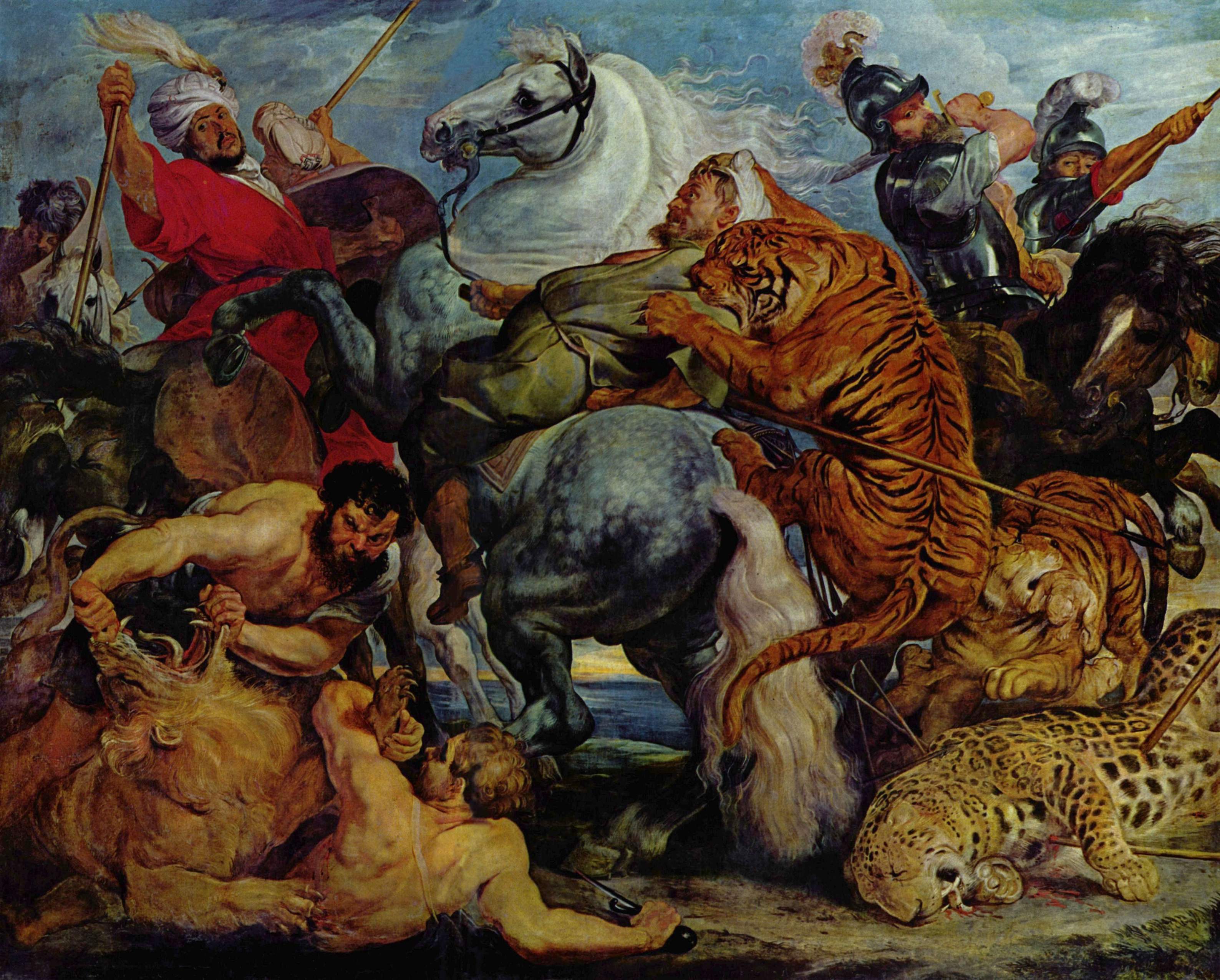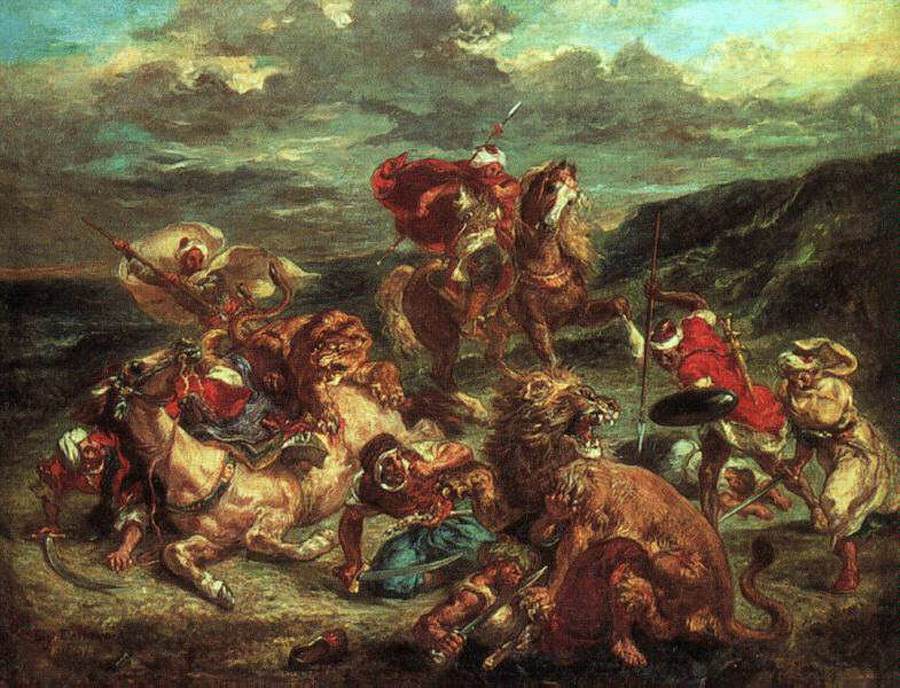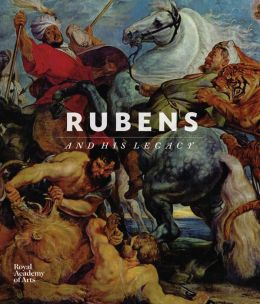Centre
for Fine Arts, Brussels (BOZAR) 25 September 2014 – 4 January 2015
Royal
Academy of Arts, London 24 January – 10 Apr il 2015
The
Royal Academy of Arts will present the first major exhibition in the UK to
examine Rubens’ influence on art
history. Rubens and His Legacy: Van Dyck to Cézanne is an exploration of the artistic legacy of Peter Paul Rubens (1577–1640), the
most influential of Flemish painters.
The
exhibition will bring together masterpieces by Rubens and the artists who were
inspired by him, during his lifetime and
up until the twentieth century, including Van D yck, Watteau, Turner and
Delacroix, as well as Manet, Cézane,
Renoir, Klimt and Picasso.
Rubens and His Legacy will present over 160 works,
comprising paintings, drawings and prints drawn from some of the finest
collections world-wide. Each work has been carefully considered for its
signific ance to Rubens’ legacy.
One
of the most prolific and sought after artists of his day, Rubens had an
international list of patrons that included members of some of the most
important royal families in Europe, the aristocracy and the Church. With an in-depth knowledge of
Renaissance art, Rubens combined his studies of the Italian Masters to develop
his own style of lively realism and rich brushwork, creating monumental and
dynamic paintings. His great versatility and immense capacity to produce work
meant that his creative output encompassed every genre of painting:
altarpieces, family portraits, landscapes and historical and mythological scenes.
While Rubens is most renowned for the depiction
of his fleshy, sensuous “Rubenesque”
women, the exhibition will illustrate the breadth of his accomplishment and
present a artist whose visual language,
from composition to theme, style and colour, impacted on artists at the time and has had continued resonance for
artists th roughout the centuries following his death.
Rubens and His Legacy will be presented by six themes
encompassing Poetry, Elegance, Power, Lust, Compassion and Violence. Each theme
will link the work of Rubens to subsequent generations of great artists; starting with his assistant Van Dyck
to Boucher and Watteau in the 1700s, Delacroix, Constable, Manet and Daumier in the 1800s, to
Cézanne and Picasso 300 years after Rubens’ death.
Where
Poetry is the main theme, landscapes and bucolic scenes by Rubens such as
The Garden
of Love, c .1633, will be displayed
alongside paintings including
The
Harvest Wagon, c .1784 by Gainsborough,
Cottage at East Bergholt, c .1833 by Constable
and
The Forest of Bere (Petworth), 1808
by Turner.
A
series of portraits will be presented within the theme of Elegance, including
Marchesa Maria Grimaldi and her Dwarf, c .1607
by Rubens,
A Genoese Noblewoman and Her
Son, c .1626 by Van Dyck and
Young Woman
with Dog, c .1769 by Fragonard .
The
section on Power will comprise history paintings by Le Brun and Jordaens, including
Ruben's Triumph of Frederik Henry, c. 1650-51, as well as works by Latour, Thornhill and
Verrio.
Rubens’
Venus Frigida, 1614,
Cézanne ’s Three Bathers, 1875 and
Picasso’s Faun Uncovering a Sleeping Woman, 1936 will be represented in the section on Lust , as well as works by Manet, Daumier and Renoir.
Picasso’s Faun Uncovering a Sleeping Woman, 1936 will be represented in the section on Lust , as well as works by Manet, Daumier and Renoir.
A
selection of prints and paintings examining
religious themes including
Coello’s Virgin and Child Adored by St Louis, King of France, 1665-68,
The Conversion of St. Paul, 1675-82 by Murillo and
Crucifixion, 1846 by Delacroix will be on display in the galleries that examine the theme of Compassion.
Coello’s Virgin and Child Adored by St Louis, King of France, 1665-68,
The Conversion of St. Paul, 1675-82 by Murillo and
Crucifixion, 1846 by Delacroix will be on display in the galleries that examine the theme of Compassion.
The
theme of Violence will bring together
tumultuous hunting scenes such as
The Tiger Hunt, 1616 by Rubens
and Delacroix’s The Lion Hunt, 1858.
The Tiger Hunt, 1616 by Rubens
and Delacroix’s The Lion Hunt, 1858.
Dr Nico Van Hout, curator of the exhibition
says, “ It is no coincidence that Delacroix, Vigée-Lebrun, Reynolds and Renoir
devoted fascinating discourses, journal entries and letters on the virtuosity
and confidence of Rubens’ brushwork, as many artists were trained by seriously
studying his altarpieces, allegories, portraits and landscapes. Each artist
focused on different aspects of his oeuvre and the works in this exhibition
show the great variety of this impact: they include exact copies, creative
copies, pastiches and quotations to works that only echo Rubens’ style. Only
the best artists were able to translate Rubens’ visual language into a pe rsonal
idiom and we are delighted to bring together such a rich selection of works to
showcase the ongoing strength of Rubens’ legacy throughout the past three centuries.”
Biography
Peter
Paul Rubens was born in Siegen in Westphalia (now Germany) in 1577 into a middle-class
family. Following his father's death in 1587, the family moved to Antwerp, in
the Southern Netherlands , where Rubens
received an education and artistic tra ining, serving as an apprentice to
several established artists.
In
1600, Rubens traveled to Italy, where he saw paintings by Renaissance Masters including Raphael, Michelangelo, Titian,
Tintoretto , Mantegna and Veronese. Rubens’ patron in Italy was the Duke of
Mantua, Vincenzo Gonzaga, who commissioned works and also financially supported
his travels, although Rubens was able to
accept works by other patrons.
Rubens
returned to Antwerp in 1608, where he
married Isabella Brant and established his own studio with a staff of
assistants. His most famous pupil was
the young Anthony Van Dyck, who soon became the leading Flemish portraitist and collaborated frequently with Rubens.
Soon
after his return to Antwerp, Rubens was appointed court painter to Archduke
Albert and Archduchess Isabella, who governed the Spanish controlled Southern
Netherlands, and he was also considered an ambassador and diplomat. In a time
of social and economic recovery after war, Antwerp's affluent merchants were
building their private art collections
and churches were refurbished with new art.
As a result, Rubens was able to accept commissions
from whomever he chose.
Following
the death of his wife, Isabella, in 1626, Rubens travelled for several years, combining his
artistic career with diplomatic visits to Spain and England on behalf of the Netherlands. When he returned to
Antwerp five years later, he married his second wife, Hélène Fourment, who
inspired many of the voluptuous figures of his paintings in the 1630s and although major works for international patrons
still occupied him, Rubens also explored more personal artistic directions. After a prolific career
spanning forty years, Rubens died of heart failure on 30 May1640 and was interred in Saint Jacob's
church, Antwerp.
ORGANISATION
Rubens and His Legacy: Van Dyck to
Cézanne
has been organised by the Royal Academy of Arts, London, the Royal Museum of Fine Arts, Antwerp
(KMS KA) and BOZAR (Centre for Fine Arts), Brussels.
The
exhibition is curated by Dr Nico Van Hout, Royal Museum of Fine Arts, Antwerp
and Dr Arturo Galansino Curator, Royal
Academy of Arts, Lo ndon with an advisory committee of advisors including art historians, Sir Christopher
White and Elizabeth McGrath.
Rubens and His Legacy: Van Dyck to
Cézanne
will be accompanied by a fully illustrated catalogue. Authors include Nico Van Hout, Alexis Merle du
Bourg, Gerlinde Gruber, Arturo Galansino, David Howarth, and Tim Baringer.
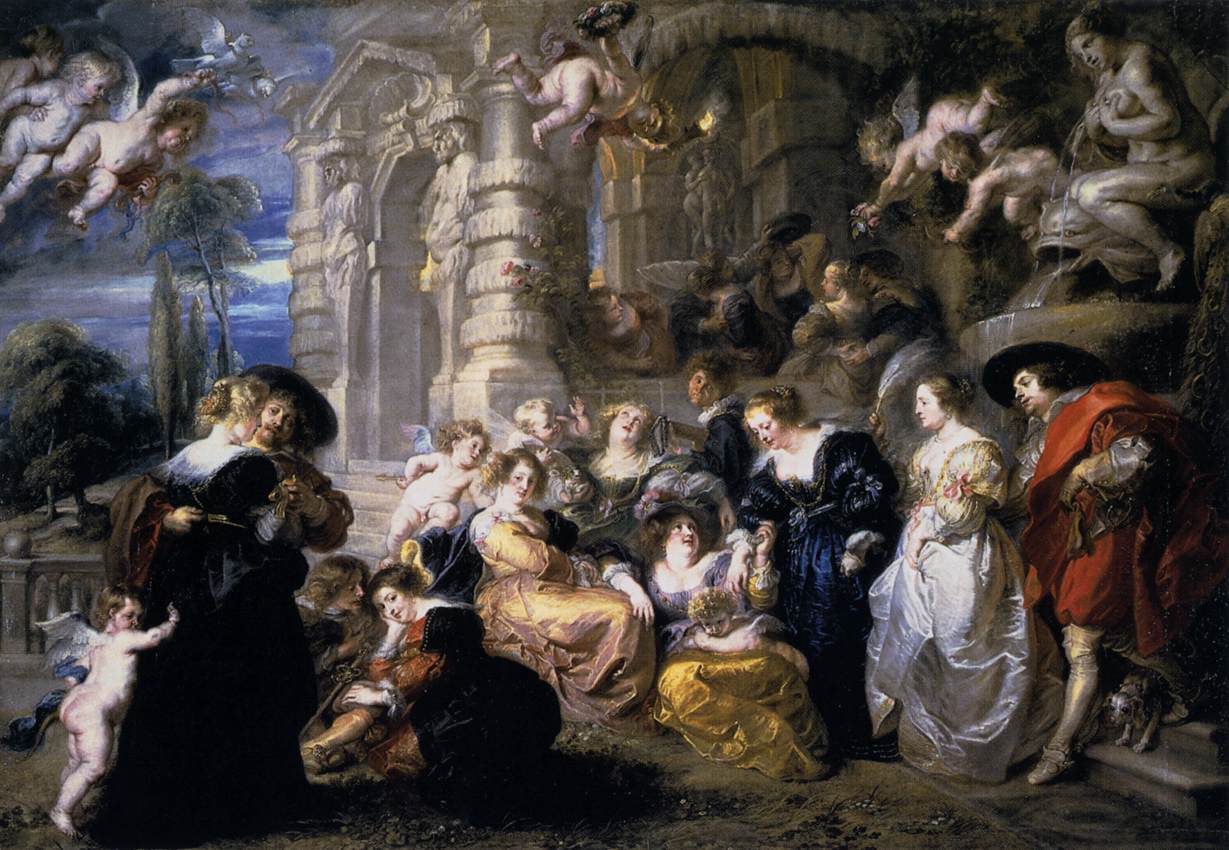



.jpg)



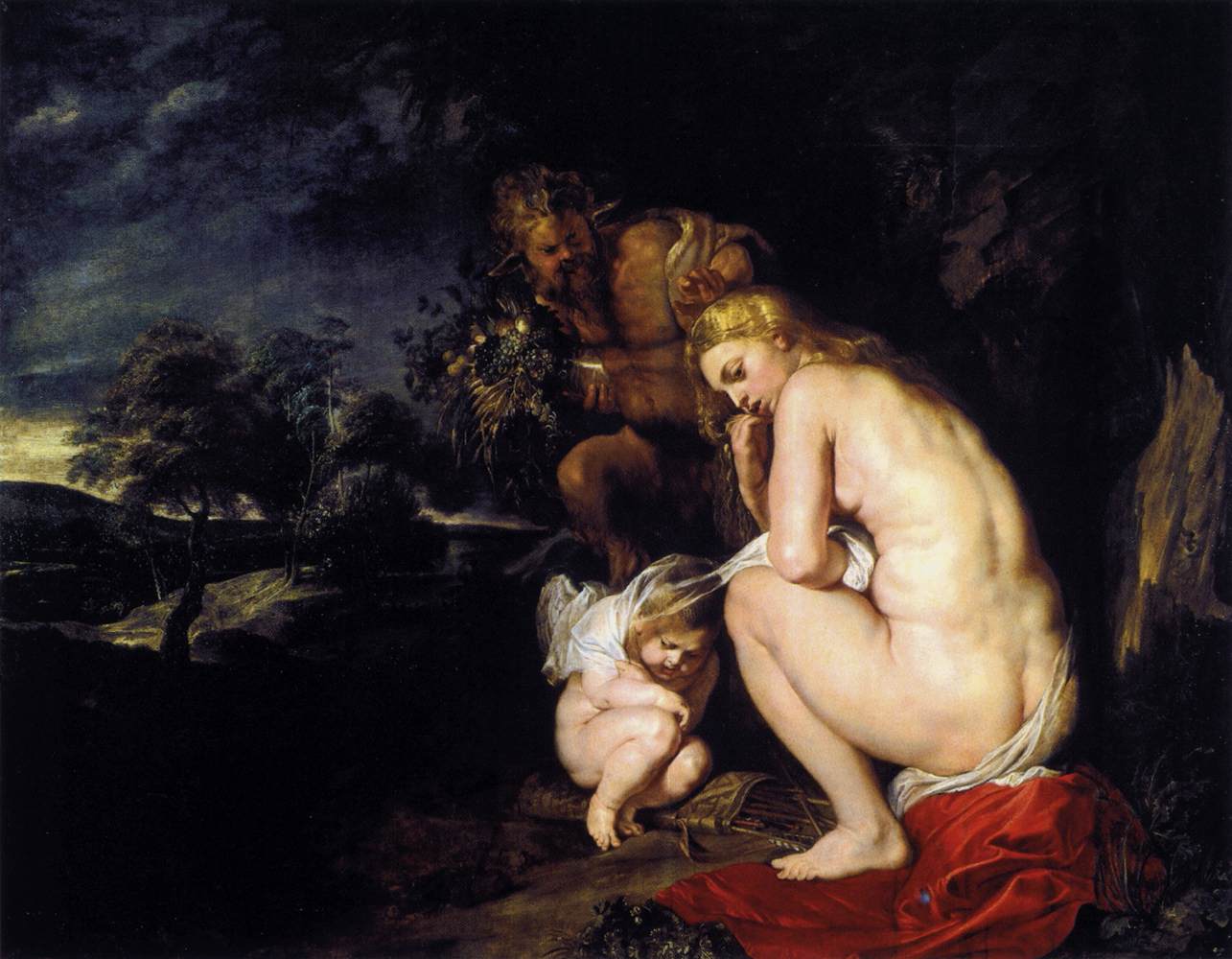
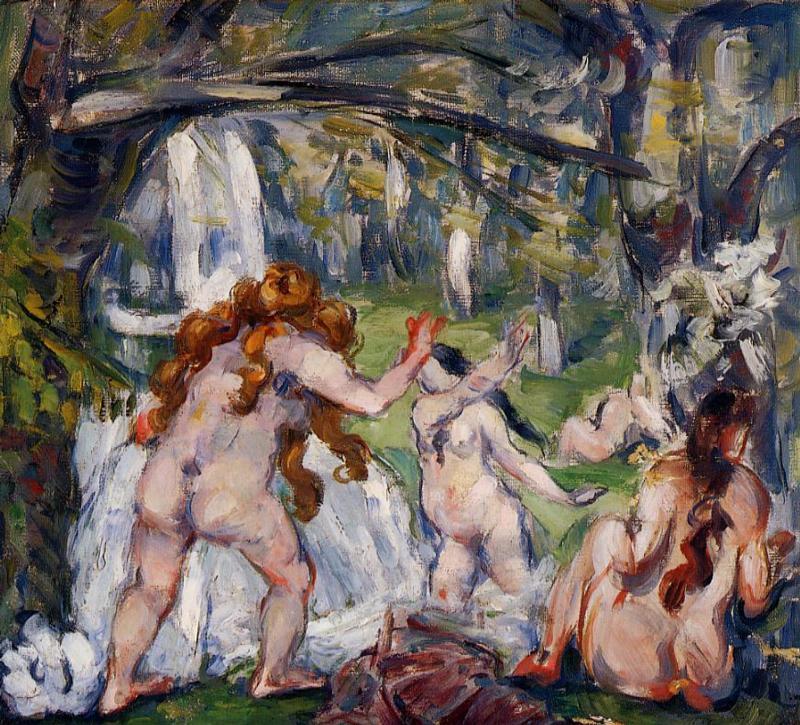


.jpg)

